Paramount on Parade (1930) Online
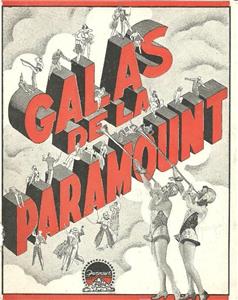
A musical revue that basically has Paramount stars and contract-players doing things some had never done on screen, and wouldn't again; such as Ruth Chatteron , in a French-café setting singing "My Marine" (written by Richard A. Whiting and Raymond B. Eagan) to a group of U. S. Marines, including Stuart Eriwn, Stanley Smith and Frederic March; Buddy Rogers doing a song-duet with Lillian Roth called "Any Time's the Time to Fall in Love" (written by Elise Jans and Jack King), on a cuckoo-clock set; and Clara Bow singing and dancing in the "True To The Nany Now" number to a group of sailors.
| Cast overview, first billed only: | |||
| Richard Arlen | - | Hunter - Episode 'Dream Girl' | |
| Jean Arthur | - | Sweetheart - Episode 'Dream Girl' | |
| George Bancroft | - | Mug (Impulses) | |
| Clara Bow | - | Episode 'True to the Navy' | |
| Evelyn Brent | - | Bedroom Apache - Episode 'Origin of the Apache' | |
| Mary Brian | - | Sweetheart - Episode 'Dream Girl' | |
| Clive Brook | - | Sherlock Holmes (Murder Will Out) | |
| Nancy Carroll | - | Episode 'Dance Mad' | |
| Maurice Chevalier | - | Apache - Episode 'Origin of the Apache' / 'Park in Paris' / Finale | |
| Gary Cooper | - | Hunter - Episode 'Dream Girl' | |
| James Hall | - | Episode 'Dream Girl' | |
| Dennis King | - | Man to be Hanged - Episode 'The Gallows Song' | |
| Abe Lyman | - | Abe Lyman - Episode - 'Dance Mad' | |
| William Powell | - | Philo Vance (Murder Will Out) | |
| Charles 'Buddy' Rogers | - | Buddy Rogers - Episode 'Love Time' (as Buddy Rogers) |
Of the original 20 individual sequences, seven of them were filmed in 2-strip Technicolor: the opening sequence: 'Showgirls on Parade', Nino Martini's 'Come Back to Sorrento,' Harry Green's 'Isadore the Toreador' with Kay Francis, Dennis King's 'Nitchavo,' 'Girl of My Dreams', with Richard Arlen, Jean Arthur, Mary Brian, Virginia Bruce, Gary Cooper, James Hall, Phillips Holmes, David Newell, Joan Peers, and Fay Wray, of which only the B&W introduction survives, and the 'Rainbow Revels' finale featuring Maurice Chevalier singing 'Sweeping the Clouds Away', which also survives in B&W. The total Technicolor footage was 2517 feet (768 m), or about 28 minutes.
Jeanette MacDonald's participation in Nino Martini's "Song of the Gondolier" musical number was cut from the US version before it was released, but may survive in the Spanish version of the film.
One of over 700 Paramount productions, filmed between 1929 and 1949, which were sold to MCA/Universal in 1958 for television distribution, and have been owned and controlled by Universal ever since. The television version only ran 77 minutes and contained no Technicolor footage.
"I'm True To The Navy Now" performed by Clara Bow, in a rare singing performance, was also the title of one of her 1930 "talkies". The song was later reprised by Carmen Miranda for the Fox film Doll Face (1945), though it was cut from the film as Paramount owned the rights and would not give permission for its performance. This (Navy) song is strikingly similar to the Irving Berlin song titled "You Can't Get A Man With A Gun", written, coincidentally in 1945, for the Broadway show "Annie Get Your Gun, the same year the earlier song was dropped from "Doll Face". It's also similar to "The Man's in the Navy," written by Frederick Hollander (music) and Frank Loesser (lyrics) and performed by Marlene Dietrich in the 1940 film "Seven Sinners."
The Marx Brothers filmed a scene originating from their 1924 Broadway hit "I'll Say She Is", which was later deleted before release but was later placed in the promotional film The House That Shadows Built (1931).
Marlene Dietrich was originally announced to host the German language version of this film, but that never materialized. She allegedly filmed a sequence with her trademark tuxedo and top hat directed by Josef von Sternberg but whereabouts of this footage remain unknown.
Paramount Pictures was the last of the major Hollywood studios to make a sound all-star musical comedy revue. Paramount On Parade took exactly six months to make(August 19, 1929 - February 19, 1930).
Paramount On Parade did mediocre business at the box office, after it was released to the general public on April 19, 1930. Only the Clara Bow segment, titled "The Redhead," and the Maurice Chevalier segment were popular with movie audiences.
AS of September 25th 2018 the cast credits shown are an incorrect mixture of the USA original release and the Spanish language version...which accounts for the numerous names sharing the same billing order...and the names of several actors who aren't in the English version. A correction of that mess has been submitted and accepted. Per site guidelines, the Spanish version should have a page of its own...with (archive footage) attributed to the USA-version actors. And, photo 12 is a poster from the Spanish version.
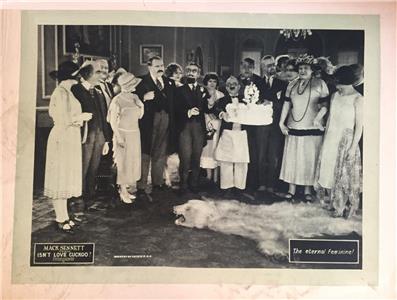
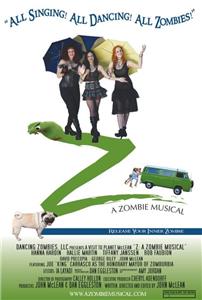
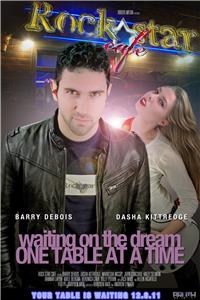
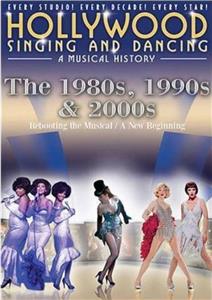



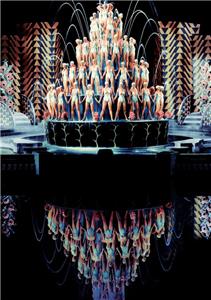
User reviews